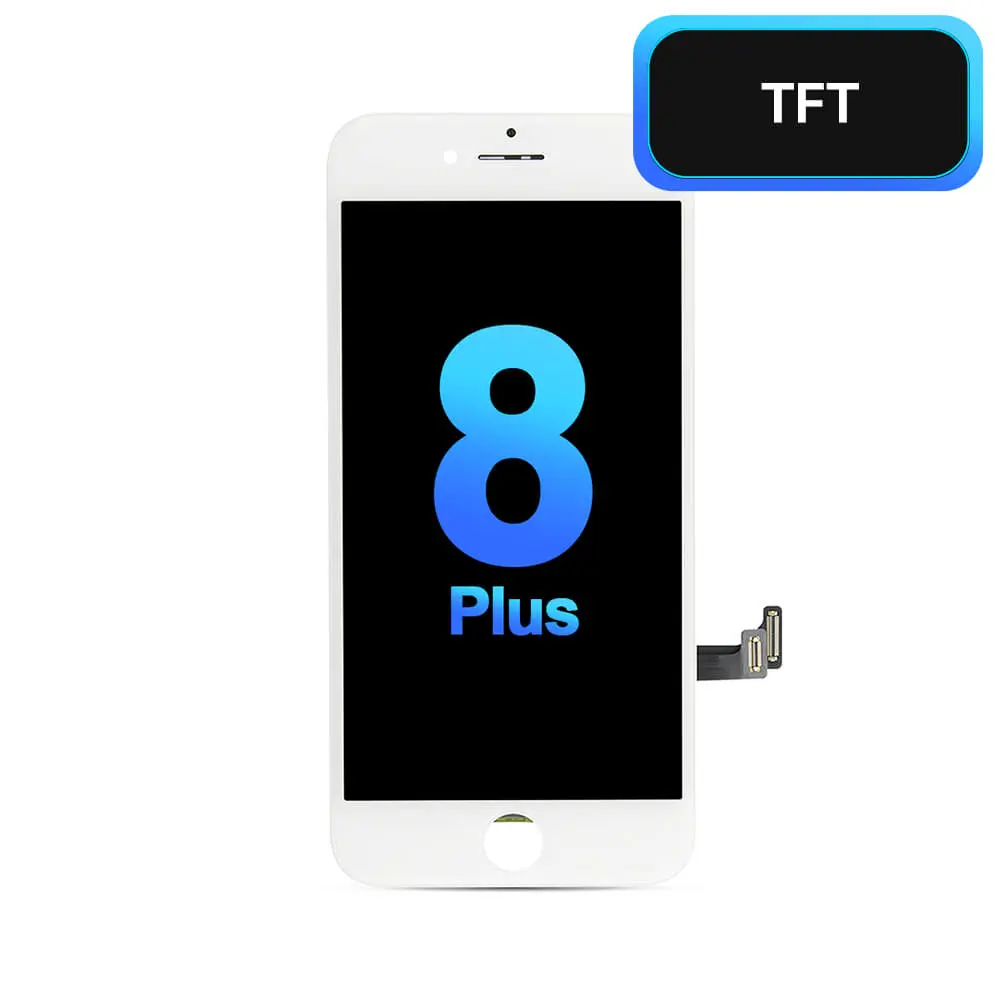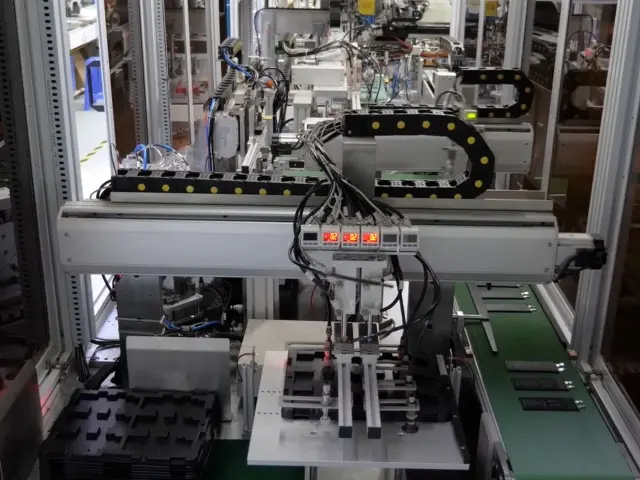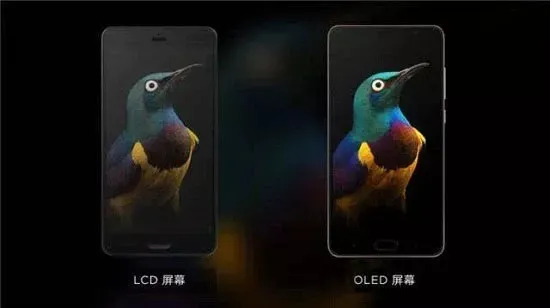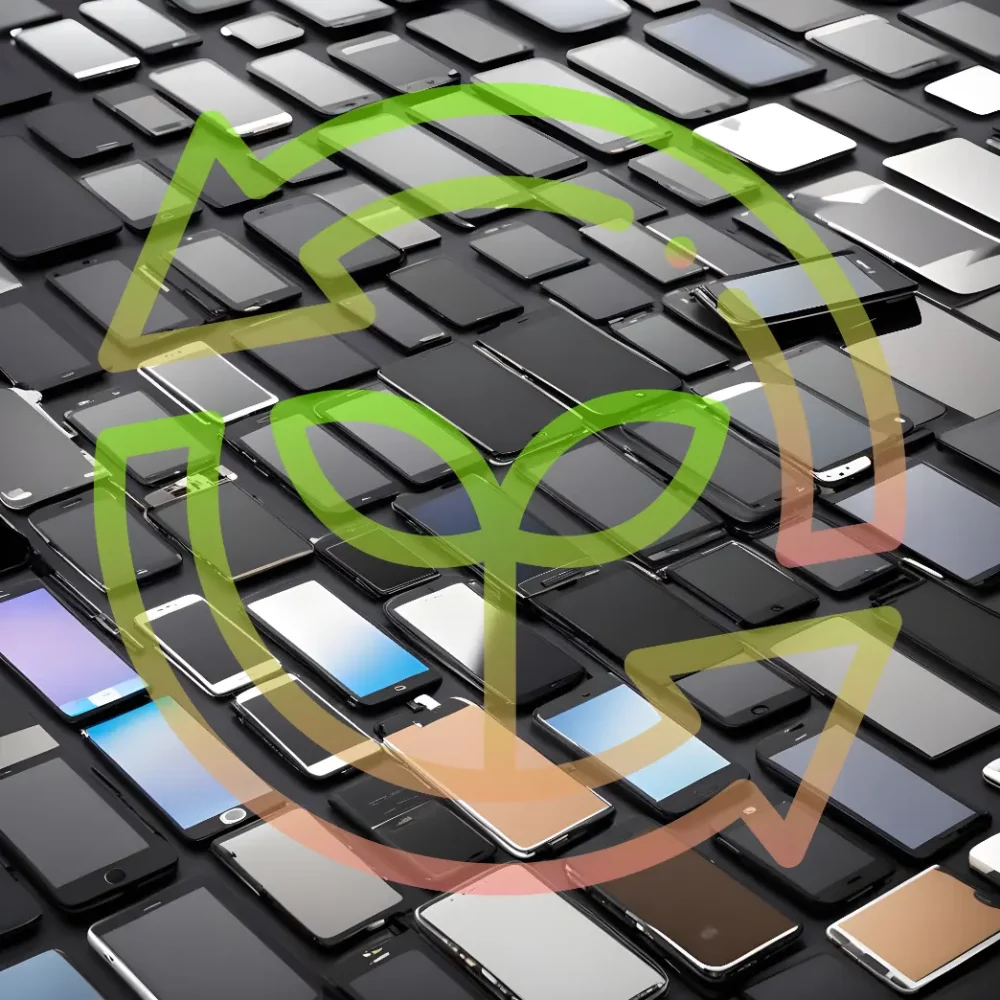
iPhone 8 Plus Replacement Screen TFT LCD White

BenleyTech iPhone Replacement Battery Production Process
OLED stands for Organic Light Emitting Diode, and LCD stands for Liquid Crystal Display.

The main strength of OLED Screens
1) OLED is a self-luminous screen, while LCD must be equipped with backlight, and that’s why OLED screen could be very thin.
2) OLED screens can be bent significantly, but LCDs can’t. So, all curved screens are all made by OLED screens.
3) Each pixel of the OLED screen emits light by itself, so it can individually control the light-emitting area. The off-screen display is based on this principle. It can also be achieved that when the display is black, the screen does not emit light and it’s truly black. But LCD’s backlight has to turn on fully or turn off fully.
4) Because the OLED screen emits light individually for each pixel, it saves more power. And it can save up to 30%
of power when the phone turns on dark mode. Since the LCD is either fully on or fully off, it consumes more power.
5) LCD’s screen response time is overwhelmed by OLED, and that means OLED’s display ghosting issue is much better than LCD.
6) The color of the OLED screen is more vivid and more transparent, and OLED’s contrast ratio is higher than LCD, and it looks more pleasing.
The main weakness of OLED Screens
1) OLED’s lifespan is shorter compare to LCD because permanent burn-in and image retention
2) OLED screens are worse compare with LCD when subjected to direct sunlight.
3) OLED screens suffer from pixel loss. With the same 1080p resolution, the pixel density (PPI) of an OLED screen will be lower than that of an LCD screen.




